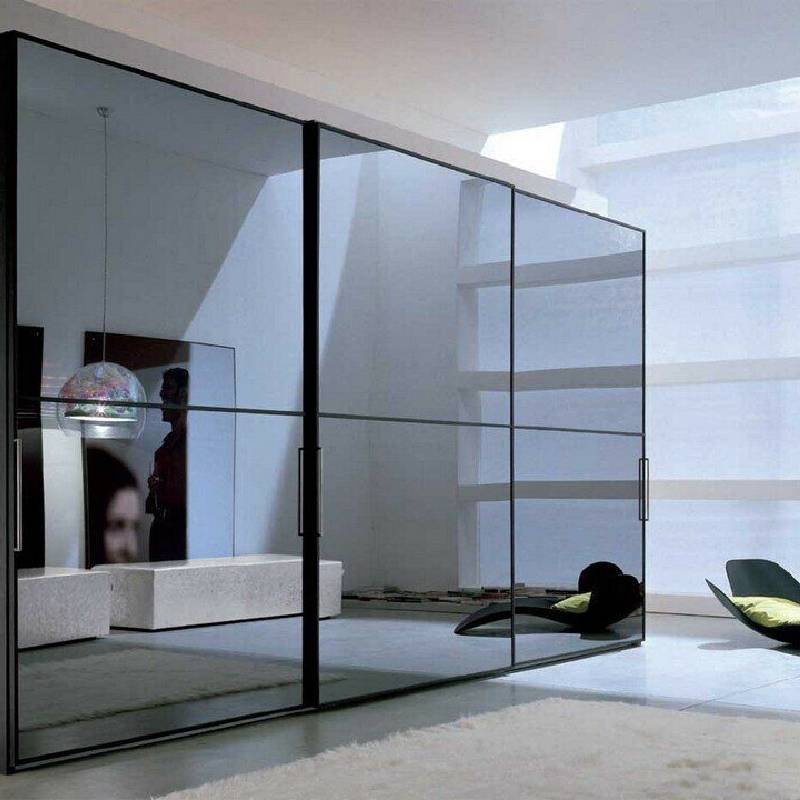

Reflective Glass in China A Multifaceted Approach to Modern Architecture
Reflective glass has become an essential component in contemporary architectural design, offering both aesthetic appeal and functional advantages. In China, where rapid urbanization and modernization are key trends, reflective glass plays a pivotal role in shaping the skyline of its cities. As buildings rise and the demand for innovative materials increases, the use of reflective glass is gaining momentum, influencing not only aesthetics but also energy efficiency and sustainability.
Reflective Glass in China A Multifaceted Approach to Modern Architecture
The adoption of reflective glass in China is not merely a trend; it is a response to the increasing demands for sustainable building practices. With environmental concerns gaining prominence, architects and developers are seeking materials that support energy efficiency. Reflective glass contributes to this goal by minimizing glare and heat absorption, thus fostering a more comfortable indoor environment. Additionally, the use of low-emissivity (low-e) glass has emerged, offering improved insulating properties while still maintaining the reflective quality that designers seek.

China’s commitment to green building practices is also evident in its construction policies. The country has established several guidelines aimed at promoting sustainable architecture, leading to a surge in the incorporation of reflective glass in both commercial and residential projects. By adhering to these policies, developers not only enhance the energy performance of their buildings but also increase marketability as environmentally conscious consumers prioritize sustainability in their purchasing decisions.
Moreover, the technological advancements in glass manufacturing have further propelled the use of reflective glass in China. Innovations such as insulated reflective glass and self-cleaning coatings have made this material even more attractive. Self-cleaning reflective glass, which uses a special coating to break down dirt and organic matter, significantly reduces maintenance costs and extends the lifespan of the glazing. This is particularly advantageous in pollution-heavy urban areas where maintenance can be a logistical challenge.
However, while reflective glass presents numerous advantages, it is not without its challenges. Concerns regarding glare and heat reflection onto surrounding properties have been raised. Architects and builders must consider the positioning of reflective glass to prevent adverse effects on the environment and neighboring structures. It is crucial to strike a balance between the aesthetic benefits of reflective surfaces and the comfort of those who live and work nearby.
In conclusion, reflective glass has revolutionized architectural design in China, merging beauty with functionality. As urbanization continues to accelerate, the role of reflective glass in creating sustainable and visually appealing structures will only grow. Through the integration of innovative technologies and adherence to eco-friendly policies, China is set to lead in the global transition toward sustainable architectural practices, with reflective glass at the forefront of this evolution. As cities continue to evolve, reflective glass stands as a testament to the intersection of modernity, sustainability, and design excellence.